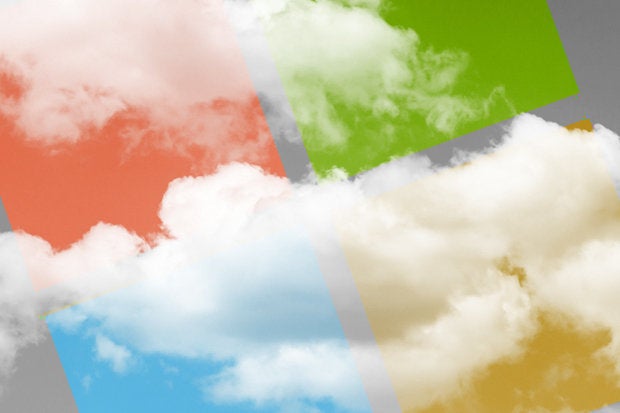InfoWorld's Eric Knorr has made the compelling point that perhaps Microsoft should get out of the Windows business and instead focus on the public cloud. I get that opinion. In the 1990s, I reviewed client operating systems that included Windows 95, Windows NT, OS/2, and about a dozen versions of Unix. In the back of my mind, I thought that was a fool's errand, that we were focused on the wrong problem.
The past focus on client operating systems, then on mobile operating systems, was perhaps a misplaced effort. Why? For one thing, the complexity of it all -- if you support client operating systems, you're distributing complexity. Ask the people charged with supporting Windows -- or any client OS, for that matter. They will most likely tell you that the complexity and difficulty is large.
For example, there are tens of thousands of copies of Windows in any enterprise, all with different configurations, versions, and applications -- and usually a collection of viruses and malware. The support team has to maintain updates, track applications, and consistently keep up with security threats. This costs enterprises tens of millions of dollars each year at the very least.
The opportunity now is to provide applications and operating systems services from central servers. The notion is hardly new -- we've long had had time-sharing, remote login, and VDI, for example -- but the cloud now makes it realistic to do. Microsoft is the best example of a traditional client operating system provider that has moved to a cloud-based set of applications, features, and functions that you can consume on demand.
This cloud-centric structure lets IT place the complexity into a centralized domain. Any changes and updates take effect at once, and the updates need only occur to a single virtual location. Everyone has access to the same operating systems, storage systems, file systems, and applications, using a tenant-management system. Because these are centrally managed, common support problems such as configuration management, updates, patches, and application license management go away -- and the costs drop significantly.
If you consider the use of your PCs, Macs, and mobile devices today, this is already happening. Most client-based (desktop and mobile) applications have some sort of back-end services, which typically exist in the cloud. That was not the case 10 years ago.
Although I'm sure most of us are not ready to give up the focus on a client OS such as Windows, I believe that world will change a great deal in the next few years, and we will need to change with it. The focus will be on the cloud, not the client. It's about time.






